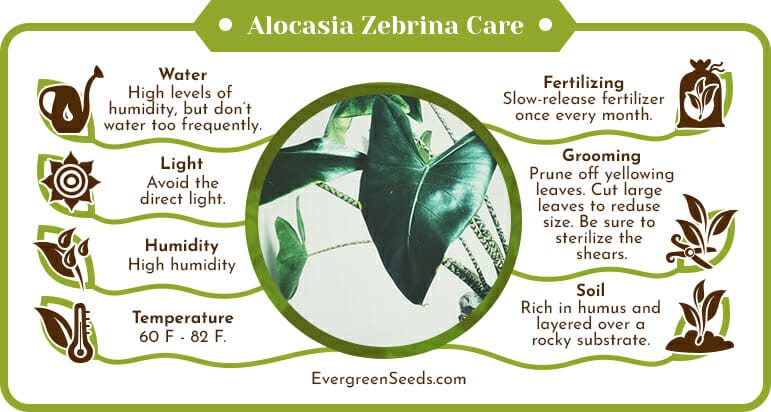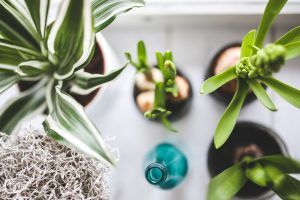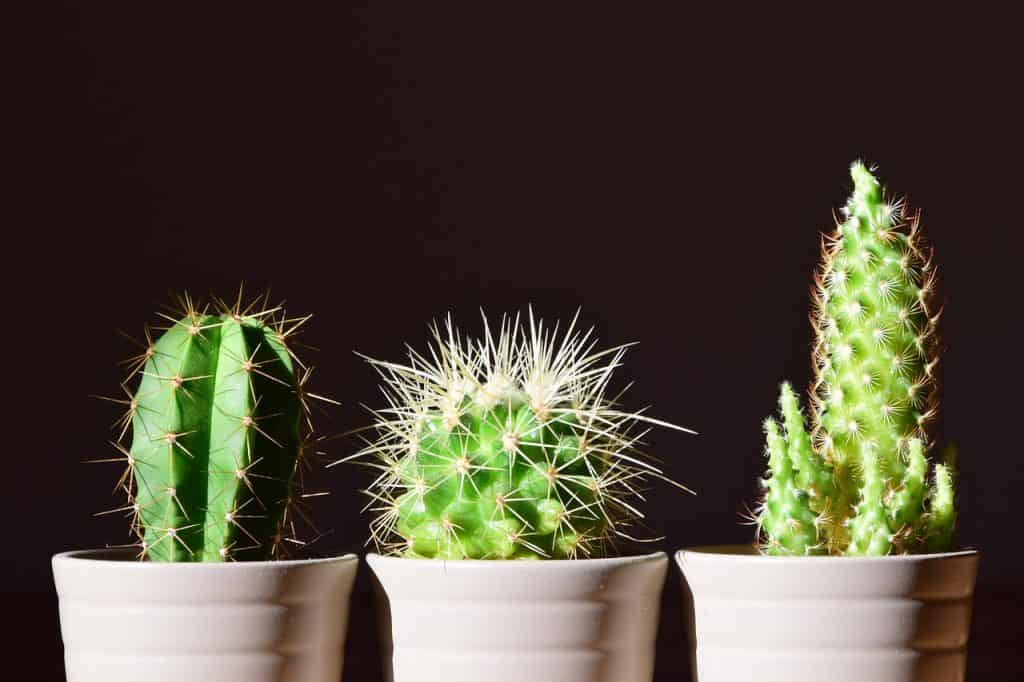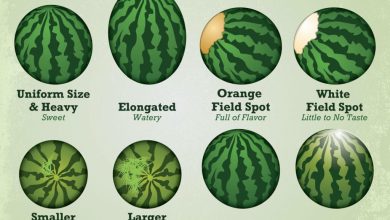Caring for Indoor Plants: [Pruning, Light, Substrate and Humidity]

 You will agree with me that it is always interesting to have a plant inside your home or office.
You will agree with me that it is always interesting to have a plant inside your home or office.
Nope?
However, on many occasions we are unaware of the care that these plants require. Sometimes they wither or die and we don’t know the causes.
In this article, we delve into the most important points you should keep in mind regarding the care of indoor plants.
Let’s get to it
How to prune an indoor plant?
Removing the parts of the plant that are damaged or dead is vital to its good health.
 In this case, what will be sought is to eliminate brown leaves, weeds that have emerged, among others.
In this case, what will be sought is to eliminate brown leaves, weeds that have emerged, among others.
To perform this procedure, the only tool needed will be garden shears.
After having it, follow the step by step that we present below:
- Clean the scissors well. Plants are living organisms and need to be treated with care and hygiene.
- The season to do the pruning is essential. It is best to do it when they are just beginning to grow.
- If it has very long stems and branches, you can cut them in half, taking care not to affect their structure too much.
It is important to know that pruning is not an activity that you should do very often.
If you notice that the entire plant is showing problems with excessive dry or brown leaves, they may be sick and the treatment will be different.
You have to be very careful with nodules and cocoons. These should not be cut.
After finishing the pruning process, give it a treat by properly pruning it.
How do we clean them?
Indoor plants are placed in the house like anything else we have in it.This causes them to also become dusty.
For this reason it is essential to periodically clean its leaves.
To ensure that this process is carried out efficiently, it is best to moisten a cloth and pass it through each of its leaves.
If you want to further improve the process, you can use distilled water.
How to revive an indoor plant?
 Like all living things, houseplants can go through a process of ill health.
Like all living things, houseplants can go through a process of ill health.
This can be due to different factors and does not necessarily have to do with poor care.
You may be performing all the processes efficiently, but still the plant is not performing as it should.
In these cases, it is best to do a procedure that helps revive:
- Check the state of the land. For this you can touch it with your fingers and feel it.
- If it is very dry, the irrigation system will have to be improved, perhaps increasing it once or twice a week.
- In case it is excessively humid, it is best to extract as much of this moisture as possible to allow it to breathe.
- Vary the place where you have it placed with respect to the sun, it may not be receiving enough or, on the contrary, it may be very strong.
- Make a frequent cleaning of its leaves and everything around it.
- Study the state of its stem, branches and leaves to discover some foreign element that causes the disease.
- Use a good compost to ensure that it is receiving the necessary nutrients.
- If you consider that it is very large, it is most likely that the root area is collapsing, so it will urgently need a transplant.
What light do indoor plants need?
 Because they can be indoors, their need for light tends to be lower than in other species.
Because they can be indoors, their need for light tends to be lower than in other species.
However, it must be considered that those with light leaves need a certain amount of light form.
That is why it is recommended to place them in a place close to a window where they are struck by rays but not directly.A good technique is to place a curtain in between.
If the sun’s rays hit the leaves directly, they could burn them.
At this point it is important to clarify that light is essential for plants to be able to carry out their photosynthesis process and thus be always green.
 Lack of light is one of the most common reasons indoor plants die.
Lack of light is one of the most common reasons indoor plants die.
Before acquiring any plant, we must know what its light requirements are, since there are some that get along well with artificial light and others that, on the contrary, require long and constant sunbaths.
For example, some plants such as aspidistra, philodendron, lucky bamboo, bromeliads and ferns better resist the absence of light.
Better near a window
Generally, it is best to place indoor plants near a window.
Preferably, filter direct light through a curtain, this will allow them to receive all the intensity of the light and its heat, but without exceeding it.
Some indoor plants do not resist direct light very well, as it burns their leaves.
If you see that your plant begins to lengthen abnormally, such as looking for the closest natural light source, or you notice that its leaves are falling or turning yellow, it means that you should place it in a more illuminated place.
In some cases, certain houseplants may require a light supplement from a grow light.
indoor plants that bloom
Here is a complete article on 16 indoor plants that bloom all year round.
 Flowering plants generally prefer moderately bright light.
Flowering plants generally prefer moderately bright light.
Try placing them by the window, facing south, east, or west of the house. African violets, however, prefer north-facing windows.
Indoor plants with foliage
Foliage plants can be divided into three categories:
Plants that require low light
A dimly lit room may be enough for these types of plants.
Plants that require moderate light
It is preferable to place them in a window with light filtered by a thin curtain, or daylight without direct sun. Preferably facing north.
Plants that require a lot of light
Houseplants that require a lot of light will need to be in a south facing window or under a grow light.
Remember that some plants will benefit from moving them outside in the summer so they get a little extra light.
Environmental humidity for indoor plants
 Knowing that most indoor plants are tropical species, they require a certain degree of humidity in the environment. Most thrive in humidity around 80%.
Knowing that most indoor plants are tropical species, they require a certain degree of humidity in the environment. Most thrive in humidity around 80%.
Unfortunately, most homes are much drier, especially in the winter, when forced heat can further reduce humidity.
You can use a humidifier, but there are other ways to increase the humidity in the air near your plants:
- A small tray with pebbles and water can increase the local humidity.
- Daily misting of the plant ‘s leaves can also help. If the tips of the leaves of your indoor plants feel dry, you can spray a little water to refresh their leaves or wipe them with a damp cloth, avoiding touching the flowers.
- Other plants, like gardenias and orchids, can benefit from being kept in the bathroom or kitchen.
temperature in indoor plants
 Drafts and sudden changes in temperature can spell trouble for your indoor plants.
Drafts and sudden changes in temperature can spell trouble for your indoor plants.
Ideally, you should maintain a home environment between 18 and 25 ºC, as well as avoid placing them near radiators, fans or artificial climates.
If the temperatures are higher, you will need to increase the frequency of watering. Similarly, avoid drafts, as these contribute to the fall of leaves.
Substrate for indoor plants
Another factor that you must take into account is the one that corresponds to the substrate that your indoor plants feed on.
Use a good potting mix, i.e. a specific mix for houseplants.
Likewise, consider the nutrient needs according to the species and pay if you consider it necessary.
Meets the space needs of your plant. Sometimes when they grow they require transplants to larger pots. Otherwise, they tend to become entangled and lack air and the necessary nutrients.
Conclusions
As you can see, caring for indoor plants should not be complex.
Although it is necessary to have a weekly time to check that they are in good health, they do not require pruning or more irrigation.
Maybe you are also interested in:
- How often and how to water my indoor plants?
- [10 Types] of Indoor Plants that Need Low Light
- [14 Types of Indoor Plants] to Have at Home
- Homemade Indoor Plant Fertilizer: Our Formula – Sembrar100
- Begonia Rex: [Cultivation, Substrate, Irrigation, Associations, Pests and Diseases]
- How to Fertilize Indoor Plants Step by Step – Sembrar100
- How to Transplant an Indoor Plant: [Complete Guide]
- Indoor Plant Care: [Soil, Humidity, Pruning and Problems]
- Irrigation in Indoor Plants: [Basic and Complete Guide]
- The [15 Best] Durable and Hardy Houseplants
- List of [16] Indoor Plants that Bloom All Year
- List of [15 Indoor Plants Without Flower]: Examples and Care
- Indoor Planting to Decorate your House: Where to Buy? List
- Indoor Hanging Plants: [15 Examples + Care, Watering and Substrate]
- Plant and Grow Indoor Plants Like a Pro


![Photo of Plant The Poinsettia in Your Garden: [Complete Step-by-Step Guide]](https://www.complete-gardening.com/wp-content/uploads/2022/08/plant-the-poinsettia-in-your-garden-complete-step-by-step-guide-390x220.jpg)
![Photo of Thymus Mastichina: [Cultivation, Associations, Pests and Diseases]](https://www.complete-gardening.com/wp-content/uploads/2022/08/thymus-mastichina-cultivation-associations-pests-and-diseases-390x220.png)
![Photo of Planting Celery: Cultivation, Harvest, Irrigation [16 Steps + Images]](https://www.complete-gardening.com/wp-content/uploads/2022/08/planting-celery-cultivation-harvest-irrigation-16-steps-images-390x220.jpg)